Public Health Report: Reducing Sugar Sweetened Beverages Consumption
VerifiedAdded on 2023/06/10
|6
|928
|226
Report
AI Summary
This report presents a public service announcement (PSA) focused on reducing the consumption of sugar sweetened beverages (SSBs) due to their association with obesity, type 2 diabetes, and other health issues. The report outlines the message, emphasizing the health risks associated with SSBs and their impact on weight gain and related comorbidities. It then explores media strategies, specifically highlighting television as an effective medium for delivering the PSA, detailing its advantages such as broad reach and flexibility in presenting information. Furthermore, the report draws parallels with the Medicare Part D campaign, analyzing its strategies for successful implementation. These strategies include expanding medical coverage, creating a marketplace for prescription drugs, preventing high healthcare costs, encouraging generic drug use, and focusing on beneficiary satisfaction. The report concludes by emphasizing the importance of these strategies in promoting public health and reducing the negative impacts of SSB consumption, offering insights into effective communication and public health campaigns.
1 out of 6
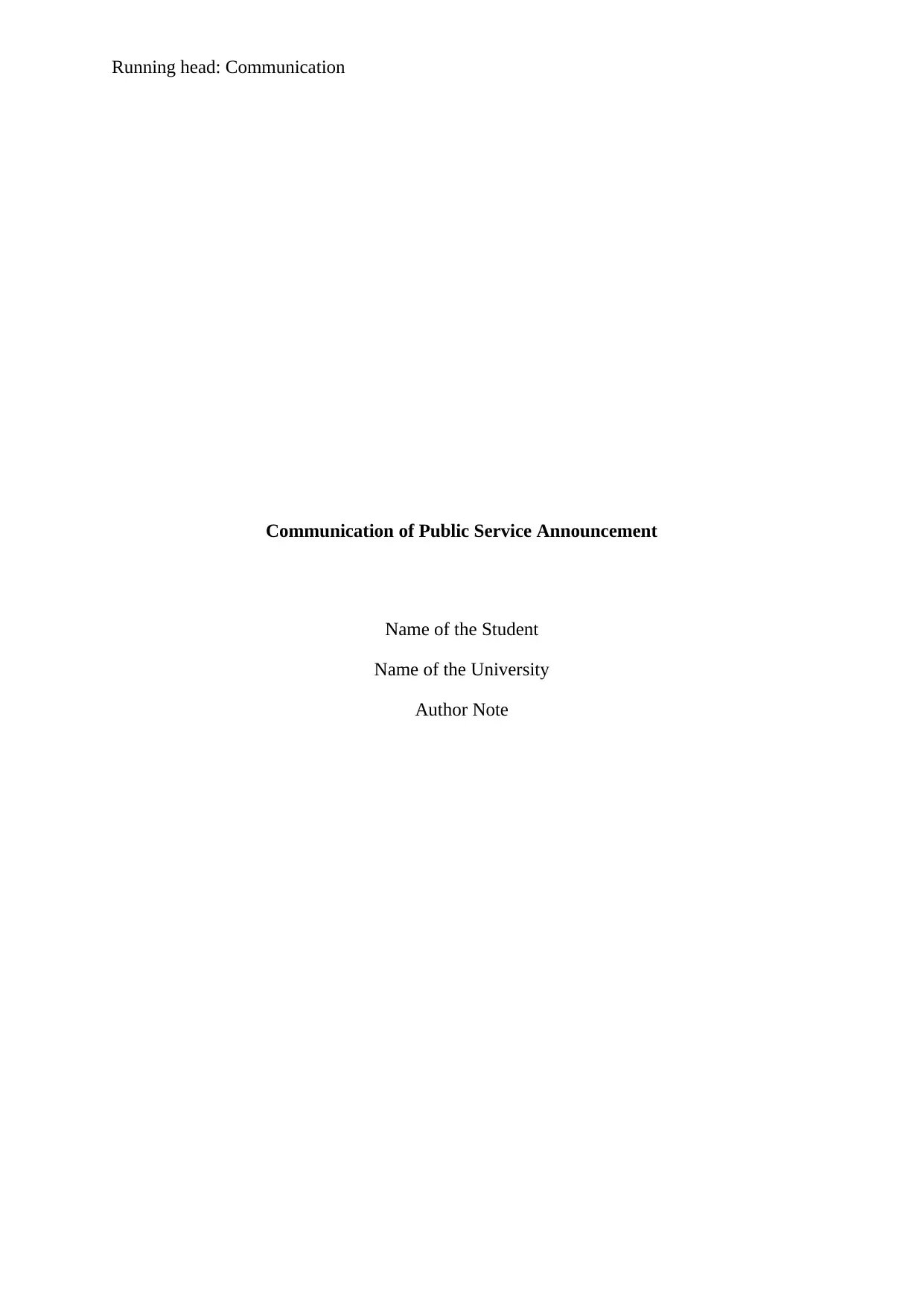
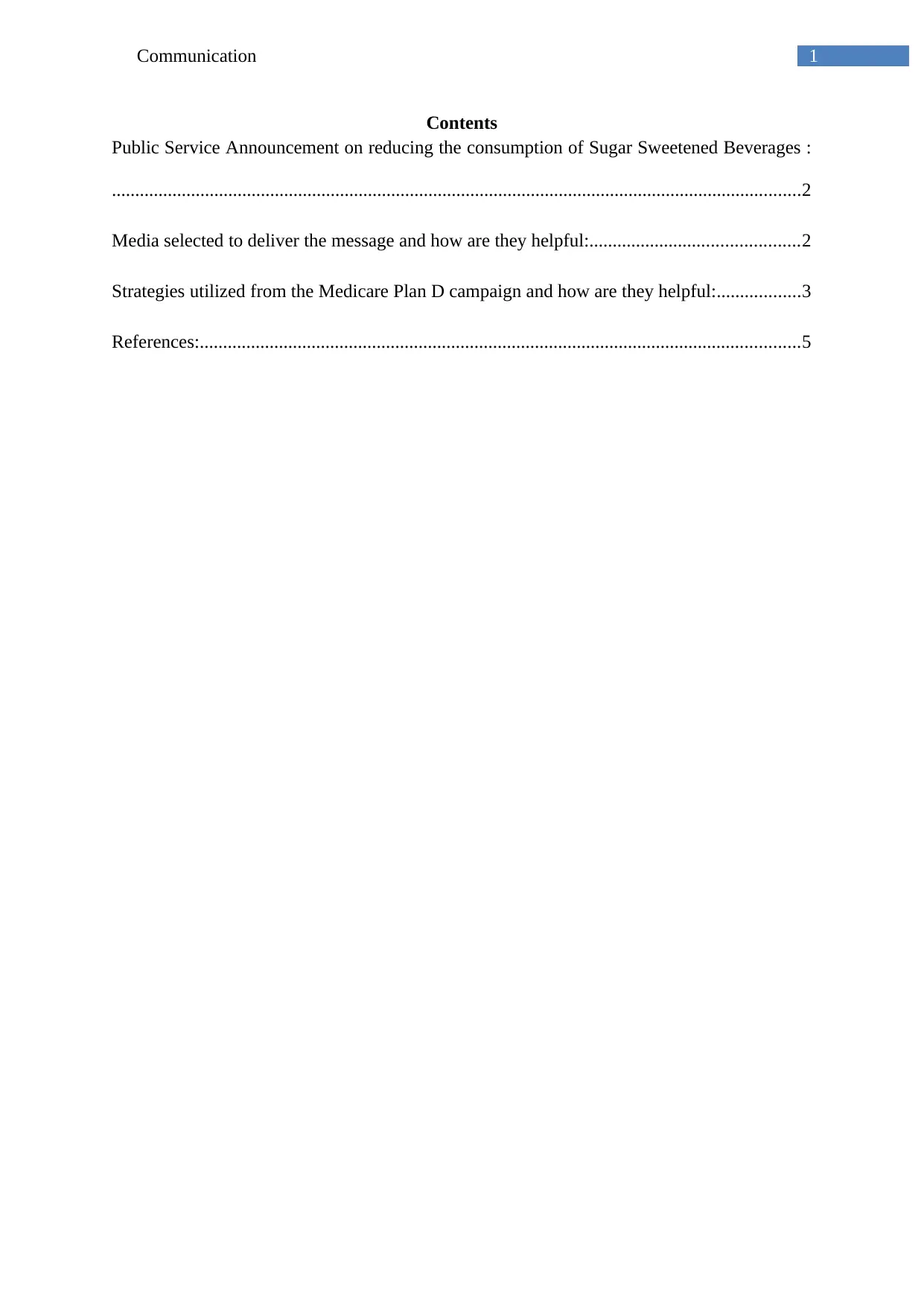
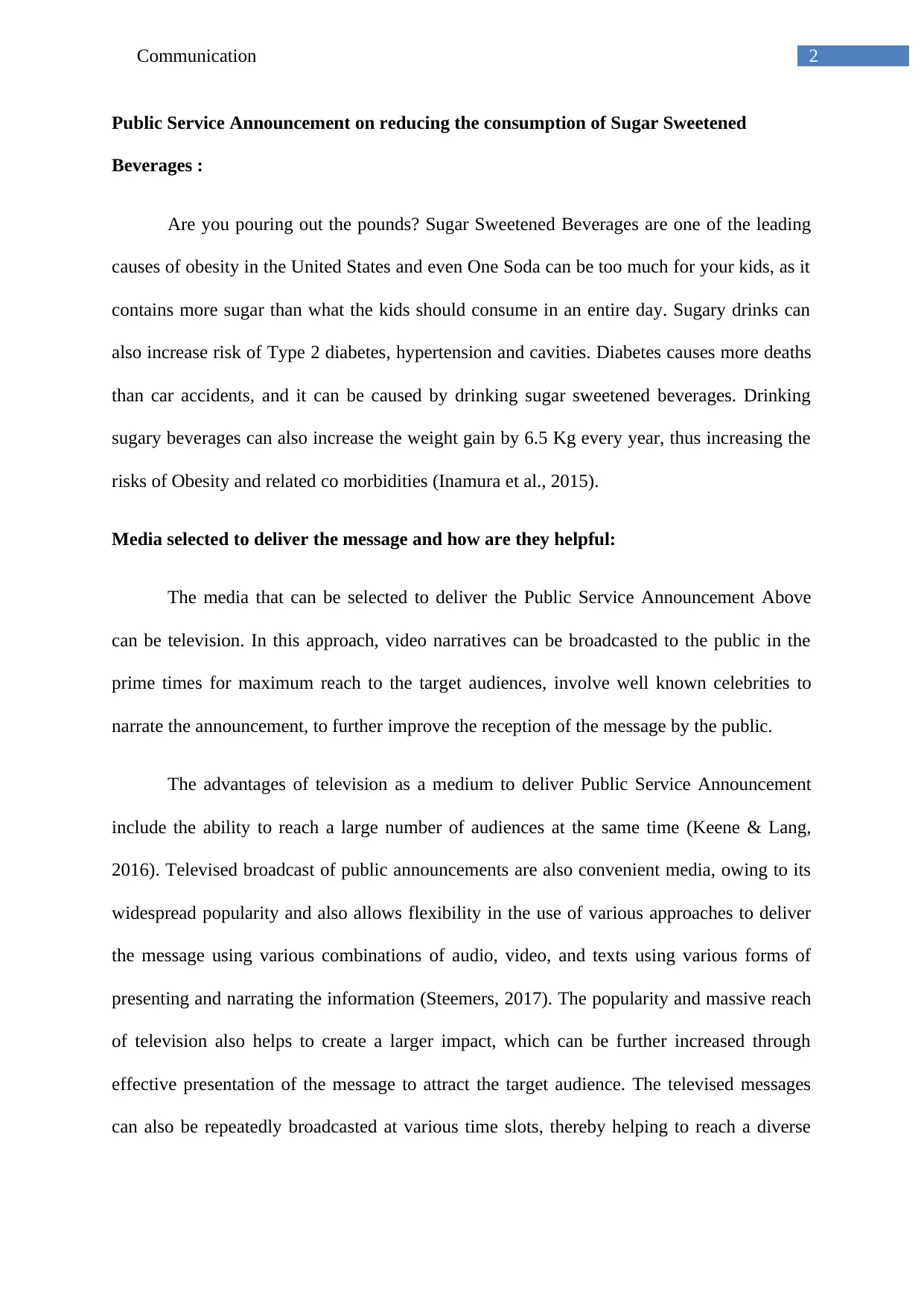

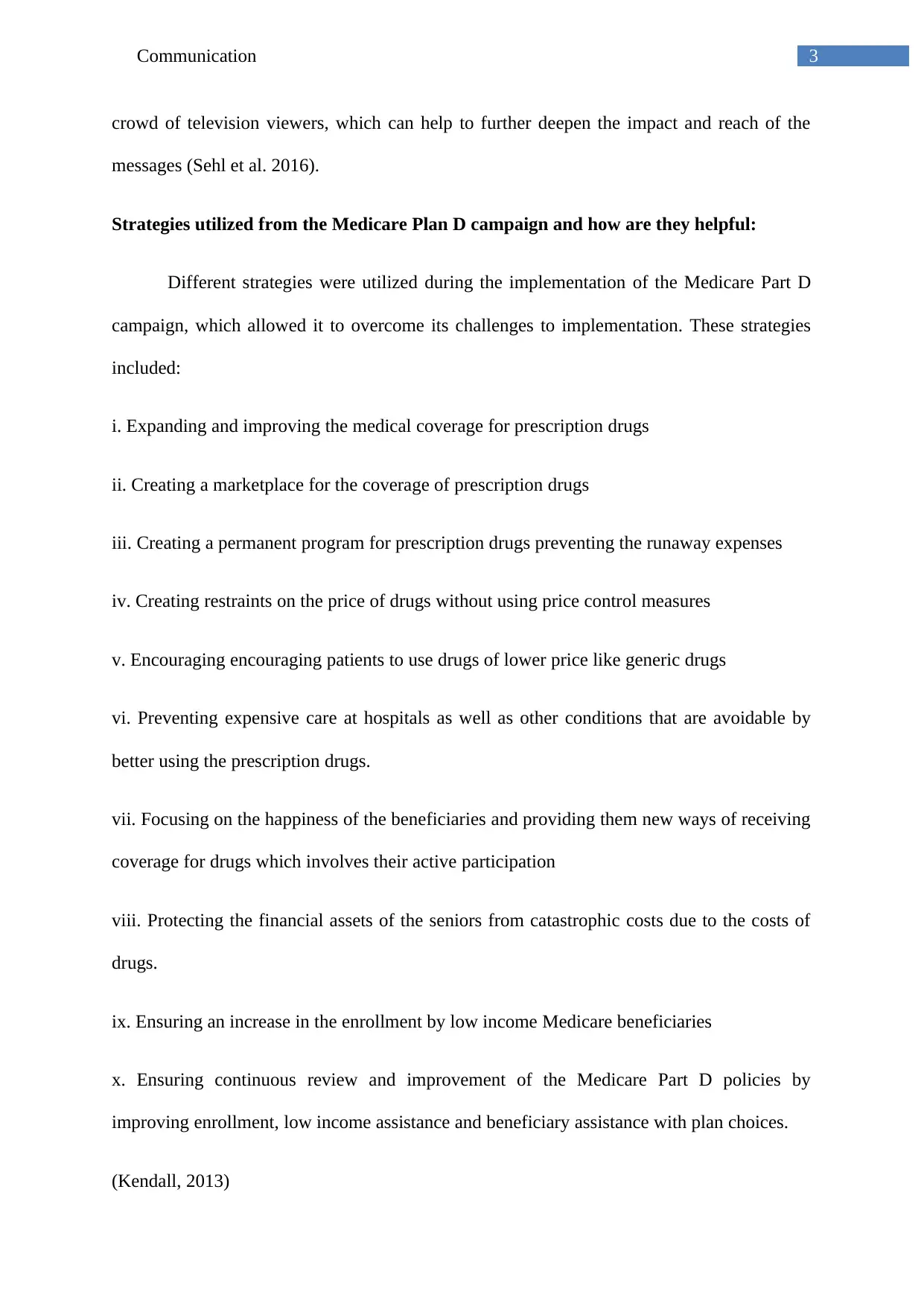
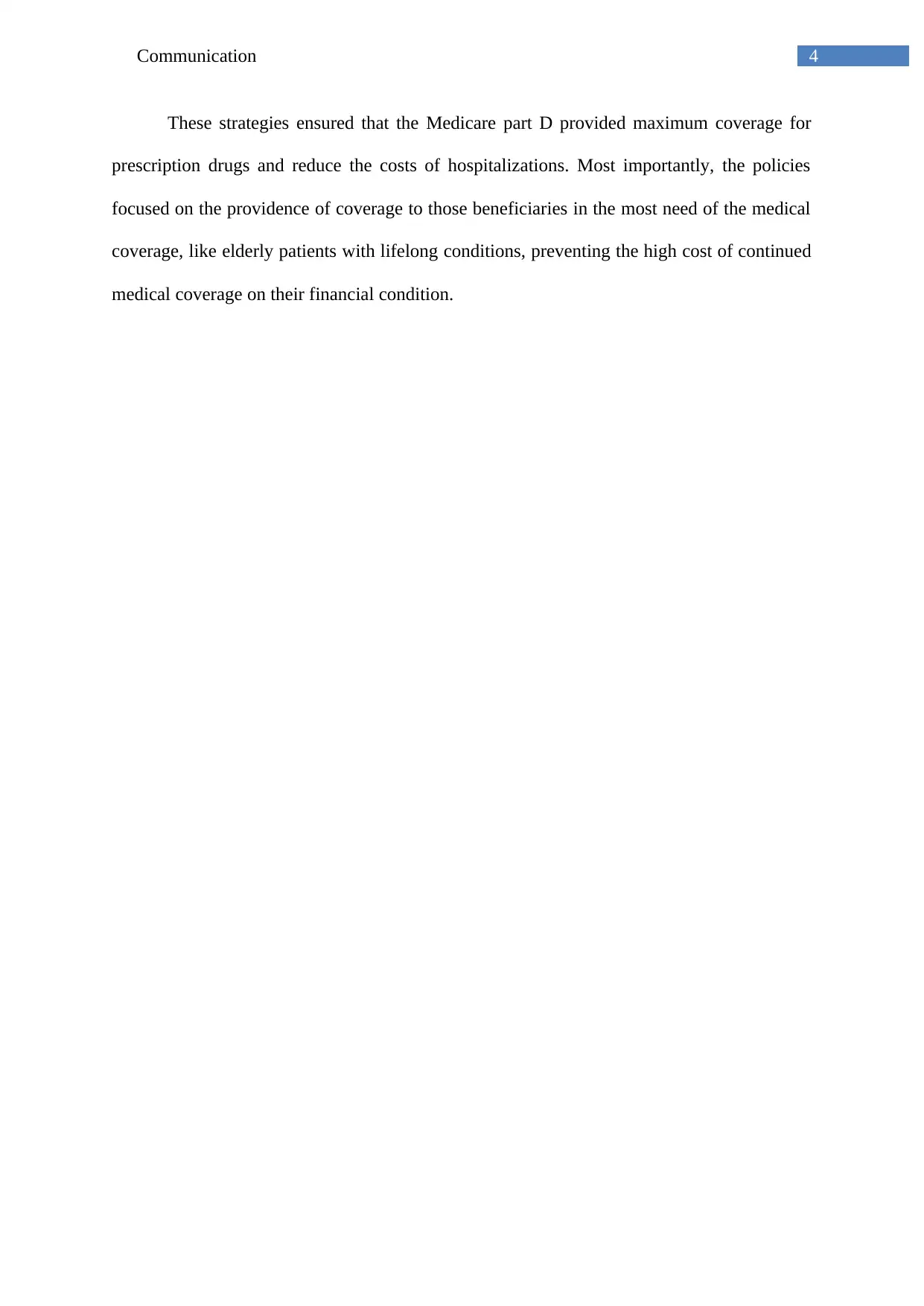
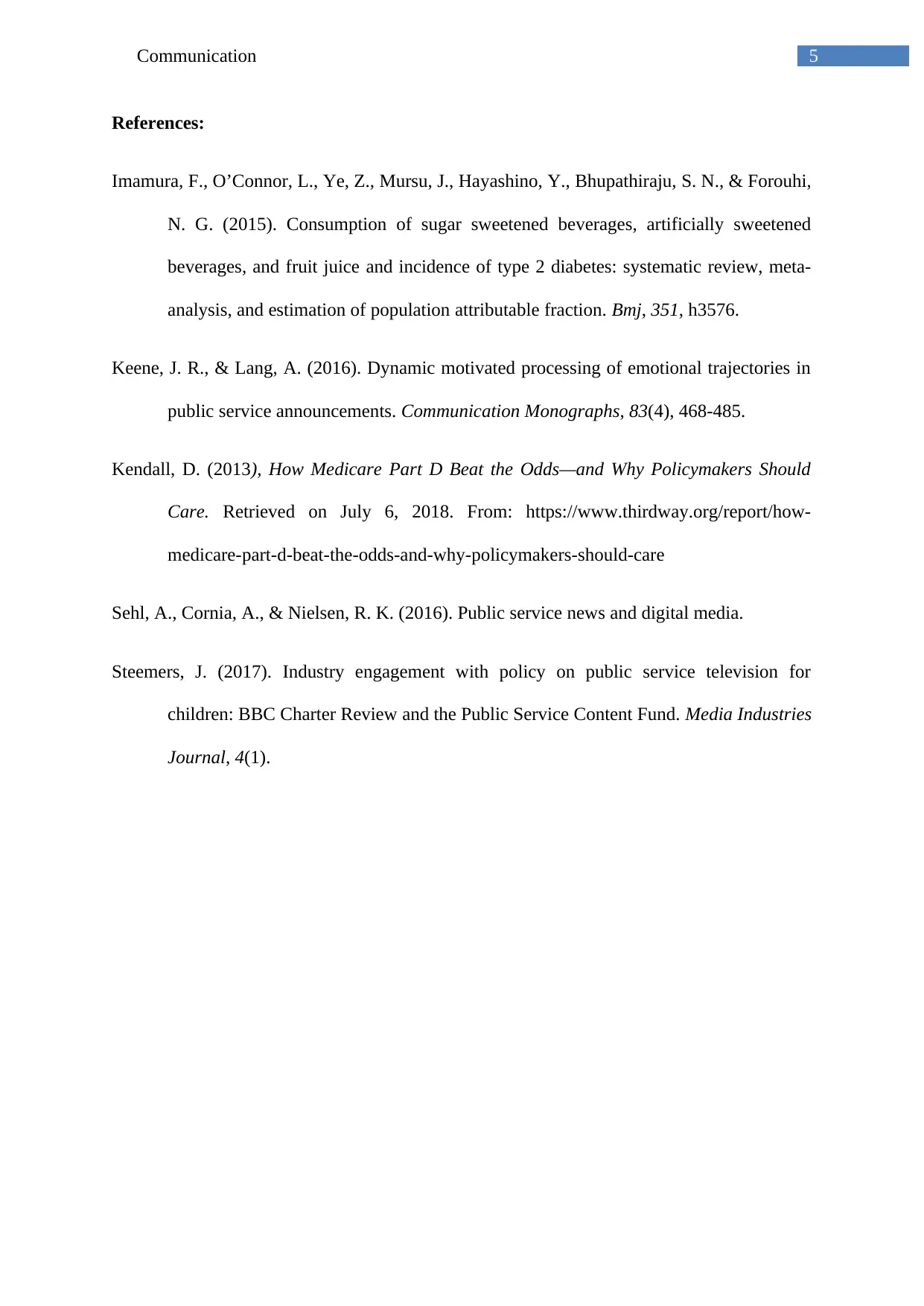



![[object Object]](/_next/static/media/star-bottom.7253800d.svg)